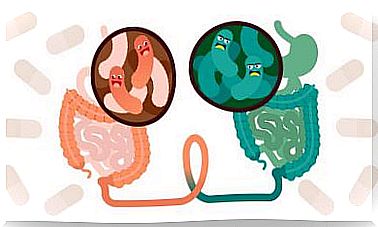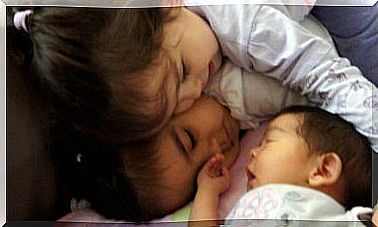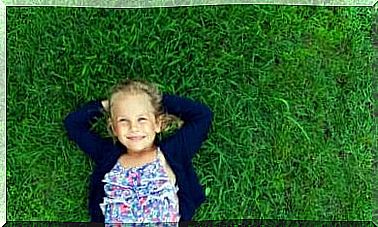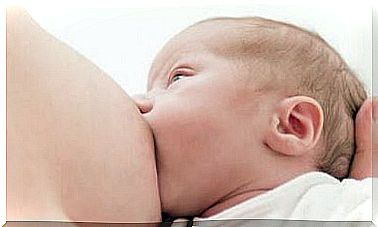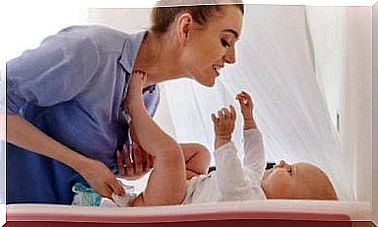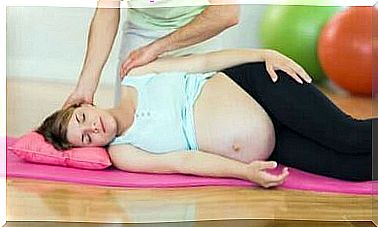Motor Development In Children 0-5 Years Old
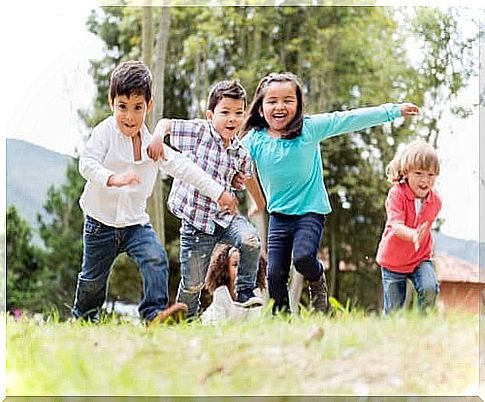
From neonatal reflexes to writing sentences – motor development in children 0 to 5 years is a stage of development and lifelong learning, both for themselves and their parents.
During this period, a number of changes in motor skills promote the coordination of bones, muscles, tendons and nerves. The ability to walk on two legs and the precision to pick things up are two skills that define people.
These motor skills begin to develop at birth, and the key organs become involved, including:
- Brain
- Spine
- Peripheral nerves
- Muscles
- Leader
The nervous system, responsible for motor development, matures in a predetermined order. The sequence is clear and predictable, so it allows parents to monitor and detect possible anomalies.
The first sign of motor development in children
The first sign of motor activity is in the head. The newborn can turn it from side to side when it is facing up. If the newborn is facing downwards, on the other hand, he can lift it a little.
As the child develops the movement of his hands, this is important for motor development in children from 0 to 5 years.
There are several stages that a child goes through. At birth, a baby will measure an average of 50 centimeters and weigh 3.5 kilos.
It has a large head and large eyes, a small nose, fat cheeks and a split chin. From there, the curve for physical, cognitive, psychological and social development begins.
Motor development in children includes important organs, such as the brain, spinal cord, peripheral nerves, muscles and joints.
From the age of two months, eye-hand coordination begins. The child sees an object and tries to take it, and with practice she will be able to catch it.
To smile and stick out your tongue
From three months to one year, we can distinguish between three well-marked stages when it comes to the child’s motor development.
- At three months, the baby begins to smile and stick out its tongue. He manages to sit up with support. He also starts chatting. He keeps his hands open and can hold an object between his fingers and palm.
- After six months, she begins to crawl, and sits without help. A few months later, she will be able to stand and take steps. Despite being clumsily done, she takes objects with both hands and releases them. She can also direct her hands towards the opposite side of the body.
- At about one year of age, independence and curiosity increase. He puts everything in his mouth, so this is a risky stage.

Steps with help
After a year, she will discover stairs, which she can climb with help. She can build towers with blocks and push and pull a ball with her hands and feet. She can also pick up objects with her thumb and forefinger.
She starts eating by herself and sits in a small chair. Her autonomy increases, but so do her outbursts of anger and jealousy.
At the age of two, she walks up and down the stairs herself, jumps with two feet, kicks a ball or rides a tricycle. Her social and cognitive development increases, and she interacts more with other children.
She can draw lines and flip through books. She eats herself with a spoon and formulates phrases, however, they are sometimes incoherent.
On the go
Running fast, drawing a circle or standing on one foot are skills that develop after three years. He can cut with scissors, put together a three-part puzzle, go down a slide and walk on his toes.
At the age of four, he can stand on one foot for a long time. He can jump, climb and dance with skill. He can lean forward and touch the floor with his hands and open a lock with a key. He can express thoughts, improve drawings and play board games.
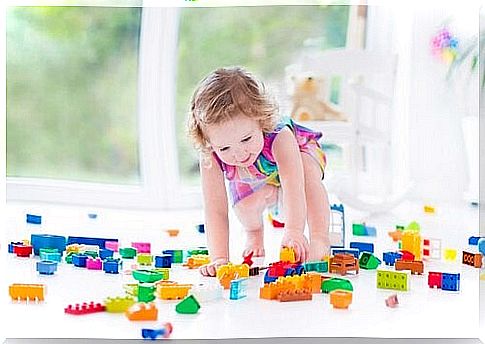
5 years old: already writing words
After five years, your child will be able to walk down stairs with one foot on each step. She can draw triangles, numbers and simple words in uppercase and lowercase letters. She can also tie knots and follow lines with scissors. She can also write sentences.
At this age, your child can change direction as she runs and walks on a narrow board while maintaining balance. She can also jump backwards.
Side dominance occurs
Your child will also begin to establish a preference for a hand, an eye and a foot, so-called lateral dominance. If he can use both sides equally, it is called ambidextry.
Motor skills in children develop into a series of actions during the period 0 to 5 years. Precision, endurance, speed, coordination and strength increase during growth.
